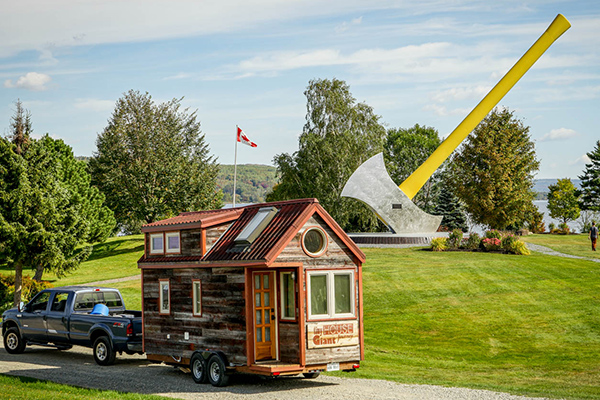Trending
Tiny houses are trying to make a big impact
Living full-time in tiny homes is still illegal in many places, including New York

The tiny house movement is growing, but zoning and municipal regulations are not changing to accommodate the increasing number of people living permanently in the small structures, typically thought of as temporary residences.
Most tiny houses are on trailers so they can be easily moved to a new location, and finding a place to park legally is the biggest issue for tiny house dwellers, according to the New York Times. The small, flexible structures are often cited as an example of affordable housing.
“Easily upwards of 90 percent of tiny-house owners are living illegally, when it comes to zoning,” said Andrew Morrison, an Oregon-based builder and advocate of tiny houses, to the Times. Most people he knows end up permanently parked on a friend or family members’ property because they can’t find another place and don’t want to live dodging police anymore.
In New York, temporary structures like tiny houses are not permitted to be full-time residences.
[NYT] — E.K. Hudson




